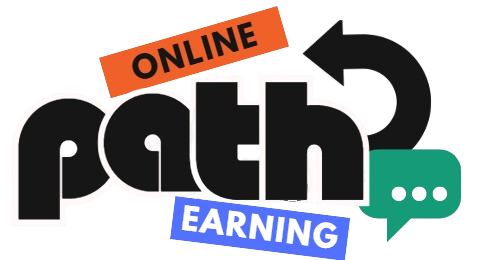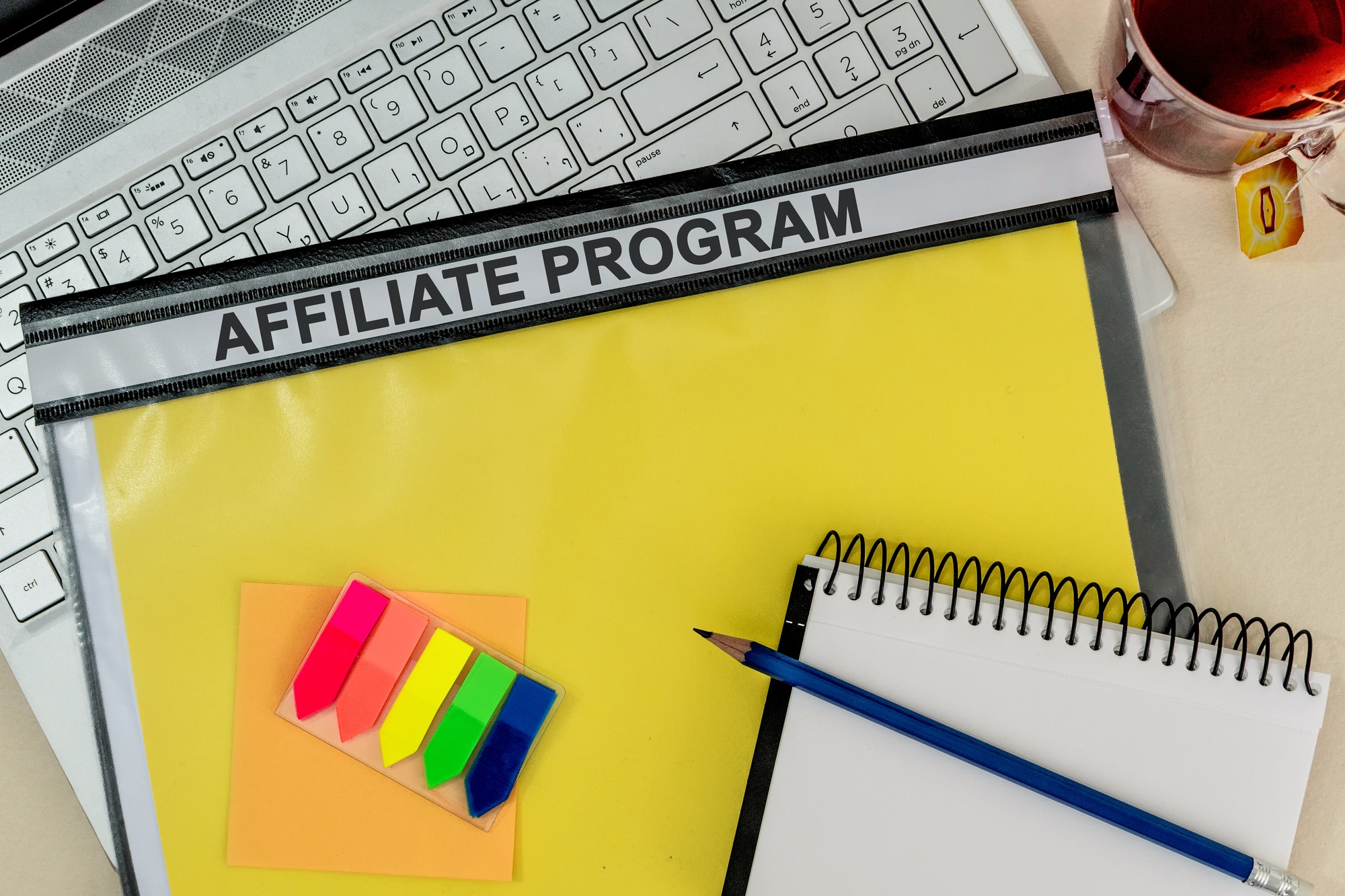How to Use Pinterest for Affiliate Marketing Without a Website

When people think of affiliate marketing, they usually picture a blog, email list, or YouTube channel. But what if I told you that in 2025, you can make money from affiliate links using just Pinterest—and no website at all?
Pinterest isn’t just for wedding ideas or recipes anymore. It’s a massive visual search engine with over 450 million monthly users—and more than 80% of them are actively looking to buy something.
In this guide, I’ll break down how beginners can use Pinterest to earn affiliate income without owning a single website.
🧠 First, What Is Affiliate Marketing?
Quick refresher: Affiliate marketing is when you promote someone else’s product using a special tracking link. If someone buys through your link, you earn a commission.
Simple, right?
Why Pinterest Works So Well (Especially for Beginners)
- It’s evergreen. Pins can drive traffic for months or even years.
- Visuals sell. People click on what they see—and Pinterest is all about visuals.
- You don’t need followers. Pinterest is SEO-based, not influencer-based.
- You can add links directly to pins. Yep. No blog necessary.
Step-by-Step: Affiliate Marketing on Pinterest Without a Website
✅ Step 1: Join High-Converting Affiliate Programs
You need affiliate links first! Start with networks that allow direct linking:
- Amazon Associates
- ShareASale
- Impact
- ClickBank
- Fiverr Affiliates
- Skillshare
- Canva Affiliate Program
Pick a niche you’re comfortable with—fitness, fashion, side hustles, design tools, etc.
🔍 Important: Not all affiliate programs allow direct linking from Pinterest. Always read the terms. Some require a redirect or landing page.
✅ Step 2: Create a Business Pinterest Account
Why business?
- Access to analytics
- You can run promoted pins in the future
- More trustworthy in the algorithm
It’s free to upgrade your Pinterest to a business account. Do it.
✅ Step 3: Research What’s Trending
Use Pinterest’s search bar like Google. Type in your niche (e.g., “best leggings for moms” or “side hustle ideas 2025”) and note:
- Popular keyword suggestions
- Pins with high engagement
- What kinds of visuals catch your eye
Use tools like Pinterest Trends or Trends.Google.com to get even more ideas.
✅ Step 4: Design Eye-Catching Pins
Use Canva or Adobe Express (free tools) to design vertical pins (1000×1500 px recommended).
Tips:
- Use bold text overlays (don’t make people guess)
- Add curiosity (“Best Tool You’re Not Using”)
- Use bright colors + readable fonts
- Add your affiliate link as the destination URL
📌 Pro Tip: Include “Affiliate Link” or “AD” in the description for transparency.
✅ Step 5: Write a Strong Pin Title + Description
Pinterest is a search engine. Think like Google.
- Title: “5 Tools Every Work-from-Home Mom Needs (2025)”
- Description: “Looking to upgrade your home office? These tools are my go-to for productivity and balance. #remotework #momlife #affiliatemarketing”
Include relevant keywords, natural language, and hashtags.
✅ Step 6: Post Consistently & Monitor What Works
Post 1–3 fresh pins daily when starting. Mix it up:
- Different designs for the same product
- Test titles and keywords
- See what drives clicks in Pinterest Analytics
⚠️ What to Avoid
- Don’t spam. Pinterest can suspend your account.
- Don’t use shortened or cloaked links. Use raw affiliate links or Pinterest-approved redirection.
- Don’t steal pins. Always create your own images.
🔥 Bonus: Use Pinterest Idea Pins for More Reach
Idea Pins are like Pinterest’s version of Stories—super engaging and favored by the algorithm. Add product mentions (if allowed) or soft-sell content that links back to a pin with your affiliate link.
Final Thoughts: No Blog? No Excuses.
Pinterest is one of the rare platforms where a complete beginner can succeed in affiliate marketing without a website. You just need creativity, consistency, and patience.
Focus on value, not just selling. Show people the solution before showing them the link—and the commissions will follow.


